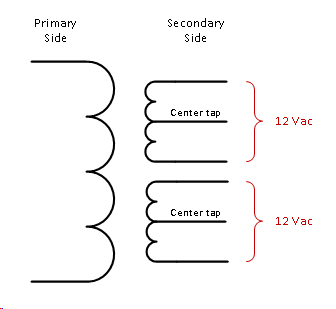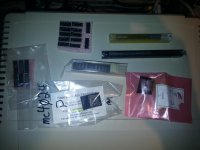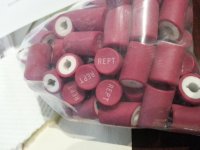falter
Veteran Member
Hey guys,
So I am pretty much decided on a attempting to do a 'replica' of the Don Lancaster design TV Typewriter. I have been getting more and more fascinated with PCB fabrication, and I think, even if I don't end up with a perfectly functional unit, it'd still be a great learning experience. I've always kind of had mixed feelings about replicas, but in this case because people could elect to build their own from scratch using only the plans from the magazines, my mind isn't classifying it as pure replica.
I have some questions for more experienced hands though.
1) What PCB stock would get me closest to what someone would have had in 1973, esp. in terms of appearance?
2) I notice in photos of period-made TVTs, the traces end up being a kind of silver color rather than copper..?
3) Is there any likelihood of finding most of the correct, original chips used? I understand some were already scarce back when this project was created and I imagine have only gotten harder to locate since then. If you guys have any good sources for the rarest bits I'm all ears.
4) I have seen two distinct keyboards used with the original TVT -- the one shown on the cover of RE, and the weird 'blue circles' kind that I understand is on the prototype (I think they called it 'Surplus' -- is that a brand or?). Anyone have any recommendations on how I might source one of the two, or something appropriate to the period?
Think that's it for now. I plan on doing a video documentary of the whole thing. For me it's about as close to going back in time as one can get.
So I am pretty much decided on a attempting to do a 'replica' of the Don Lancaster design TV Typewriter. I have been getting more and more fascinated with PCB fabrication, and I think, even if I don't end up with a perfectly functional unit, it'd still be a great learning experience. I've always kind of had mixed feelings about replicas, but in this case because people could elect to build their own from scratch using only the plans from the magazines, my mind isn't classifying it as pure replica.
I have some questions for more experienced hands though.
1) What PCB stock would get me closest to what someone would have had in 1973, esp. in terms of appearance?
2) I notice in photos of period-made TVTs, the traces end up being a kind of silver color rather than copper..?
3) Is there any likelihood of finding most of the correct, original chips used? I understand some were already scarce back when this project was created and I imagine have only gotten harder to locate since then. If you guys have any good sources for the rarest bits I'm all ears.
4) I have seen two distinct keyboards used with the original TVT -- the one shown on the cover of RE, and the weird 'blue circles' kind that I understand is on the prototype (I think they called it 'Surplus' -- is that a brand or?). Anyone have any recommendations on how I might source one of the two, or something appropriate to the period?
Think that's it for now. I plan on doing a video documentary of the whole thing. For me it's about as close to going back in time as one can get.



